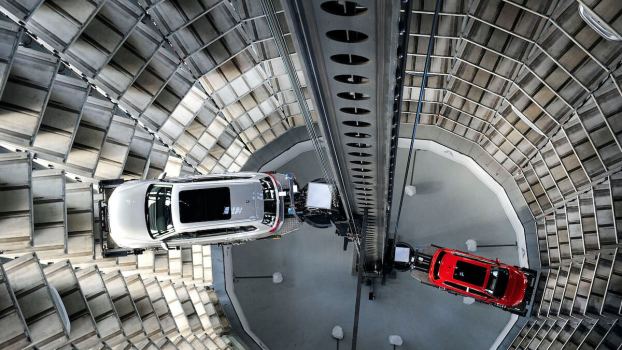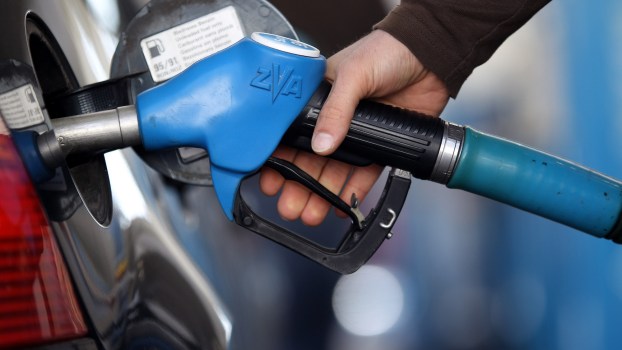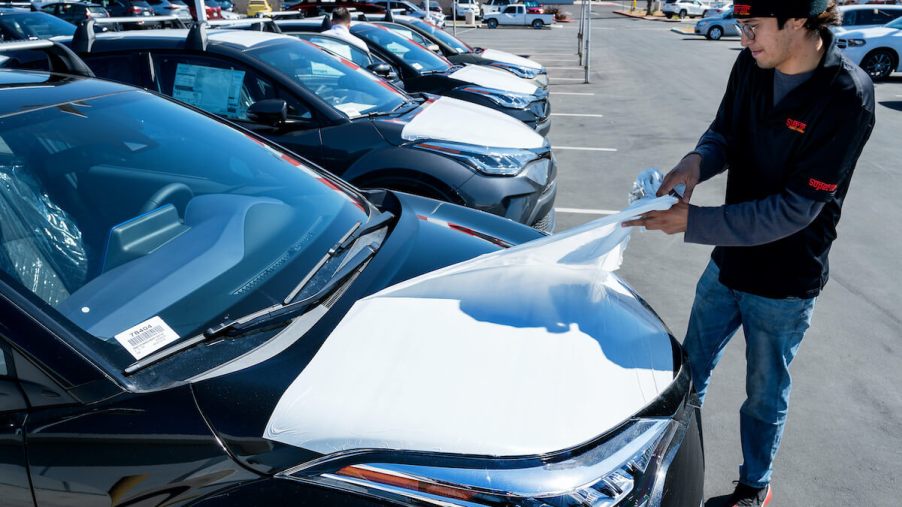
Don’t Be Fooled: Even New Cars Can Have Damage
Part of the pain of shopping for a used car is the inherent damage that it may have after years of use. Those battle scars can be tough to repair, so buying a new car is better, right? Not necessarily. Many new cars can have damage, too. Here is why it’s important to inspect the new car you’re buying before driving it off the lot.
How can there be damage to a new car?
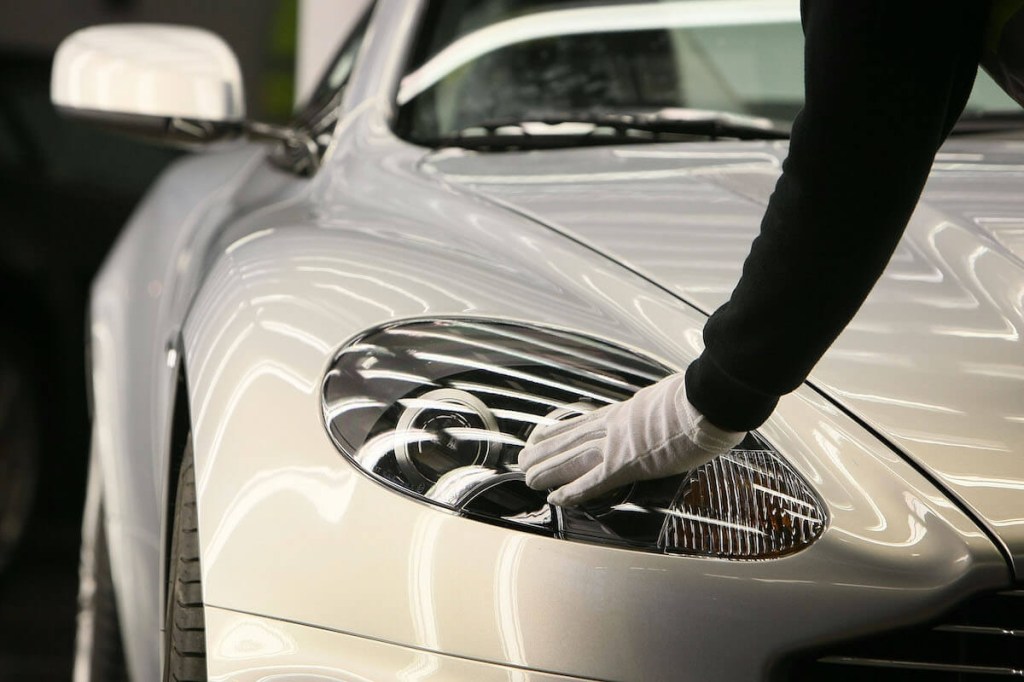
Many customers think new cars are magically transported from the factory to the dealership by the snap of some CEO’s fingers, but that’s not the case. Instead, new cars are transported to dealerships on large trucks, most of which are open to the elements. And while the cars are typically wrapped in protective film, they are still subject to flying debris and rocks.
Additionally, some cars manufactured in Asia and Europe must be loaded in containers to cross the ocean, and damage or scratches can occur along the way.
“Lot damage” can occur with new cars
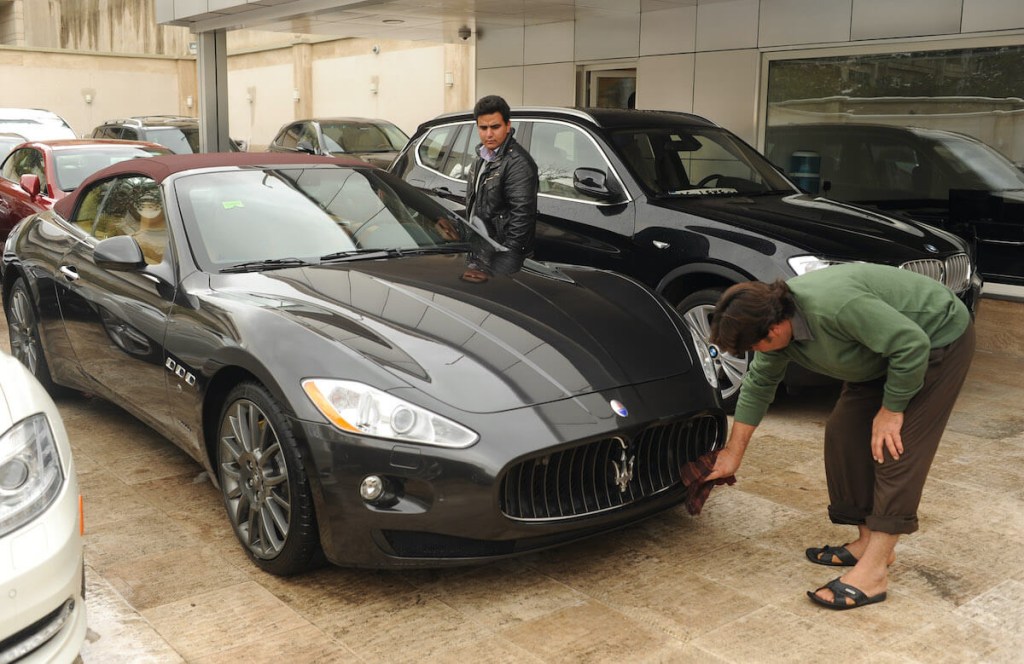
A car can also be damaged when it gets to the dealership lot. Salespeople constantly shuffle cars around to organize the lot and retrieve cars to show customers. This type of damage is appropriately called “lot damage.”
One personal anecdote from my time selling cars involves me retrieving a car for a customer from the new car lot in the dealership. The rows were packed tightly, which meant conducting a five-point turn to get the car out of the space. Upon doing so, I accidentally swiped the car next to me because I cut the corner too close.
The car I was in suffered a minor scratch on the door, which the detailers were able to buff out. The customer was none the wiser.
The car I swiped had damage to its front bumper, which I completely forgot about and then ultimately dismissed, thinking, “Someone else will deal with it.” Lo and behold, that someone else was me. A week later, I ended up selling the car and having to get it fixed in the end.
The point is that although a new car on the lot is “brand new,” there can be some damage caused by salespeople, detailers, and even managers due to negligence, accidents, or shallow five-point turns.
Check for damage before driving your new car off the lot
When buying a new car, it’s important to check for damage before you sign any contracts and drive it off the lot. Life Hacker listed a few key points when inspecting a new car:
- Inspect the car in the daylight: Never check out a car at nighttime unless you have to. Inspecting a car in daylight is imperative to catch any minor scratches.
- Inspect the car when it’s dry: If the car is wet from just being washed or rained, ask the salesperson to dry it off. The watery sheen can hide imperfections.
- Take your time: Don’t rush your inspection process – make sure to look over every body panel, the wheels, and the windows.
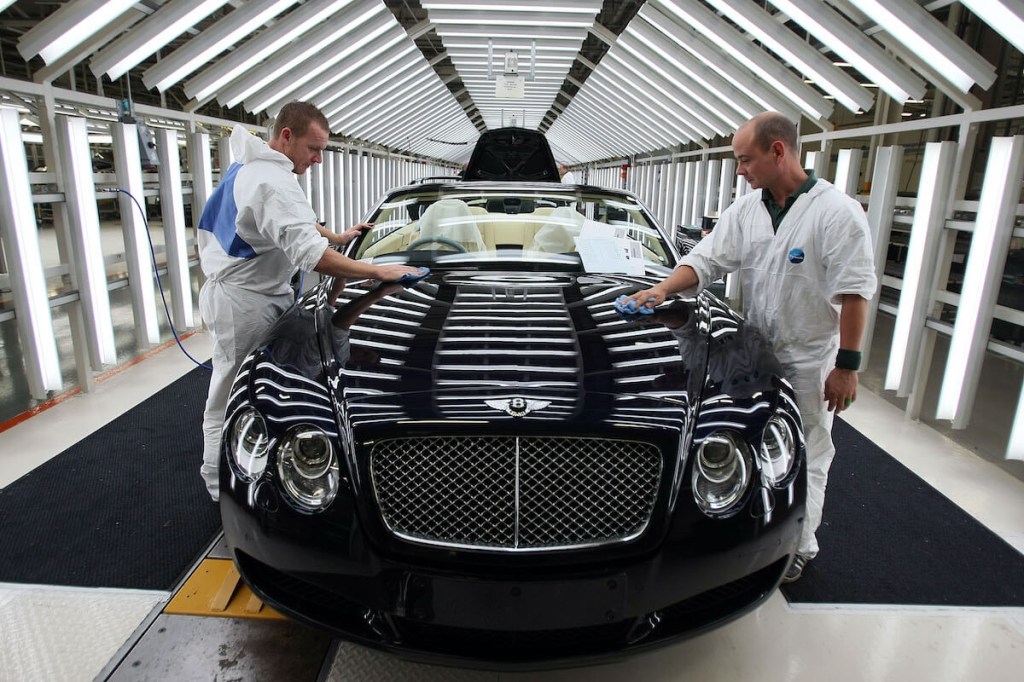
What should you do if you find damage on the new car?
If you find any damage on the new car you’re about to purchase; you can ask the salesperson to find you another one. You can also ask to have the damages fixed. You can get the manager involved if needed.
The dealership should offer to have the damages fixed. However, if it’s something small, then they could offer you a discount on the car’s price. Either way, make sure to get a written note on a form called a “we owe.” This should say that the dealership will resolve the issue at a later date.
Although new cars are technically new, they are liable to suffer from some damage. When shopping for a new car, be diligent and inspect it thoroughly – you could be surprised at what you may find.
